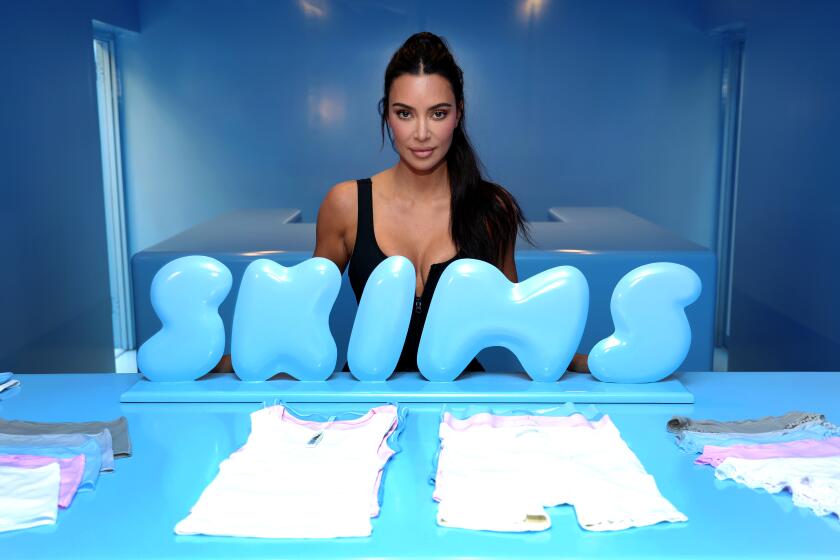Local Manufacturers Report Growth in 2nd Quarter : Economy: It is the third consecutive period of increasing activity, according to Chapman University purchasing index.
Manufacturing in Orange County has been at the top of the economy’s hit list since the beginning of the 1990 recession, but the economy appears finally to have stopped taking aim at this key sector of the business community.
Local manufacturers said their businesses grew during the second quarter, economists at Chapman University report in their latest survey of purchasing managers at 80 Orange County-based manufacturing plants.
Chapman’s purchasing index--a measure of economic confidence--remained in growth territory at 56.0 for the three months ended June 30--the third consecutive quarter of increasing activity. That was down from 59.5 for the first quarter, but all index measures higher than 50 mean growth.
The last time the survey posted a string of three growth quarters was in 1989.
“It looks good, like a trend,” said Raymond Sfeir, the Chapman economist who conducts the survey modeled after a national manufacturing confidence index. The national index rose to 57.5 for the second quarter from 57 for the previous three months.
“We were down a little bit this time, but it’s still positive, so we’ll take it,” Sfeir said. “There were fewer negative comments about the economy than I’ve seen in years, and a lot of the respondents said they thought the third quarter would be even better.”
The survey measures seven key components of manufacturing industry health; the purchasing index is a composite of them. Purchasing managers are surveyed because they are on the front lines, responsible for anticipating what a factory’s production demands will be and for acquiring the materials needed to meet those requirements.
Almost 45% of the managers responding to the second-quarter survey said new orders for their factories’ goods increased during the period, while only 19.6% said that orders declined. That compared to 40.5% who reported growth in the first quarter and 25.6% who reported decreases.
The number of companies that laid off workers grew slightly in the second quarter--to 25.7% from 24.6%--but that layoff figure was offset by an increase in hiring at 31.2% of the companies, up from 26.1% in the first quarter.
Reporting on production, 57.3% of the purchasing managers--the largest number since the third quarter of 1988--said production levels increased between the beginning of April and the end of June. That was up from 53.3% in the first quarter.
While the survey covers all facets of manufacturing, Sfeir has begun charting a separate index for high-technology companies, because they are such a significant part of the industrial base in the county and have been hit particularly hard during the recession. The combination of a weak economy and federal defense budget cuts has led to the loss of about 23,000 jobs in high-technology manufacturing in Orange County since the recession began in 1990.
“Signs of improvement in the high-tech industries are appearing more frequently,” Sfeir said, with production levels and new orders both climbing in the second quarter. “Unfortunately, employment was worse than in the first quarter,” he said, with layoffs occurring at 43% of the factories responding.
One high-tech purchasing manager wrote on the survey form: “The good news is that we appear to have bottomed . . . I hope.”
At its peak in 1986, high-technology manufacturing accounted for 93,300 jobs in Orange County. The same field now employs 59,000, according to the state Employment Development Department. Much of the job loss has occurred in the electronic and computer equipment industries, which now have 35,000 employees--down from 71,000 in 1986.
Altogether, there are 206,900 manufacturing jobs in the county, about 18.5% of total employment. That is down from a 1988 high of 254,300, or 22.5% of all employment.
Manufacturing Gains
Orange County’s manufacturing industries reported moderate growth in the second quarter. Chapman University’s Purchasing Managers Composite Index measures six factors--among them inventories, new orders, production and raw material purchases--and gauges industry activity and managers’ confidence in the economy. A level of 50 or more indicates growth; less than 50, decline.
1st qtr. 1990: 49.6
2nd qtr. 1994: 56.0
Source: Chapman University; Researched by JANICE L. JONES / Los Angeles Times






